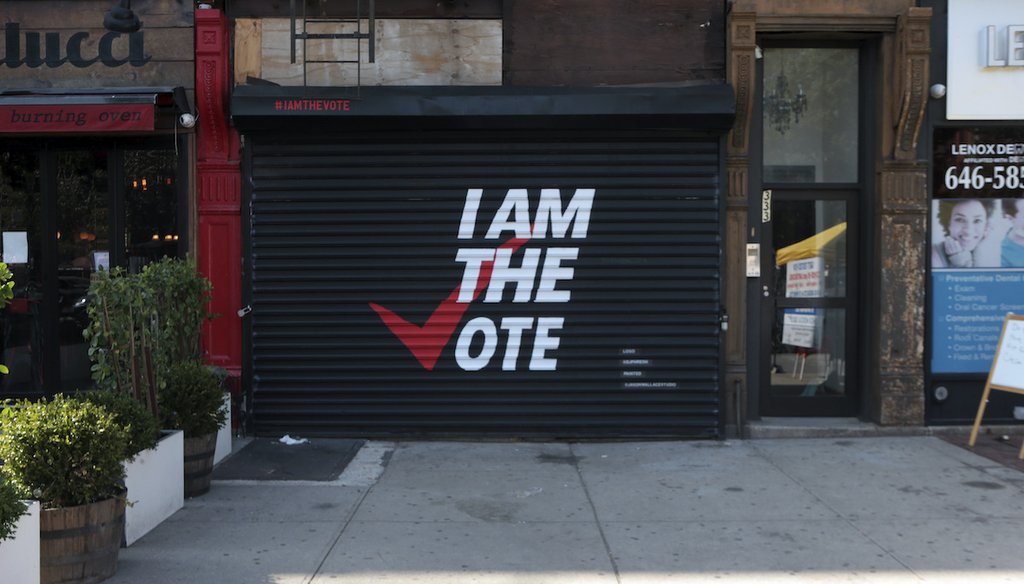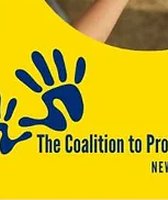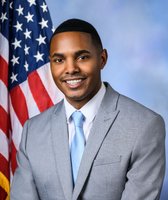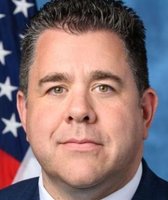Stand up for the facts!
Our only agenda is to publish the truth so you can be an informed participant in democracy.
We need your help.
I would like to contribute

If Your Time is short
-
New York has made several changes to make voting easier during a pandemic
-
These “voter friendly” policies could lead to election results coming in later than in past years
-
Election experts recommend early voting if possible for the safety of voters and their ballots
New York’s problems counting votes in the June primary made national news, and some worry the November general election will be plagued by the same issues.
A vast expansion of voting by absentee ballot in the primary, to keep voters safe from the COVID-19 pandemic, led to problems. The absentee votes overwhelmed a system designed for in-person voting, elections officials said. Disputes over which ballots to count, confusion over postmarks, and ballots that never made it to voters or didn’t arrive at boards of election, prompted lawsuits in some races. In two contests, winners weren’t known until six weeks after the primary.
Though an estimated 5 million voters in New York could cast absentee ballots this fall, there is hope that many of those primary problems won’t re-surface on Nov. 3, chiefly because it won’t be the first time many voters cast ballots by mail, experts said.
"The biggest change is that elections officials have been through an election with massive mail voting," said Sean Morales-Doyle, deputy director in the Democracy Program at the Brennan Center for Justice.
The longer timeline for casting ballots in the general election, compared to the primary, will also help, Morales-Doyle said.
Sign up for PolitiFact texts
To ensure a smooth election, voters should be aware of opportunities to vote beyond waiting in line at their polling places to cast ballots on Election Day.
Early voting in New York state, while not new this election, could be used by more voters looking for smaller crowds at the polls. Early voting will take place from Oct. 24 to Nov. 1. Locations and hours are available at your county’s board of election website.
Prior to this year, voting by absentee ballot in New York was limited to voters who would not be in their home county on the day of an election or could not vote in person for other reasons prescribed in law. In the upcoming general election, people can vote by absentee ballot if they face a risk of being exposed to the novel coronavirus, which greatly expands the possible pool of absentee voters.
Absentee ballot applications can be obtained through the state Board of Elections website, elections.ny.gov/VotingAbsentee.html, or by requesting one through your county board of elections in a number of ways, such as by phone or in-person visit. Applications are available now. Voters should know that the U.S. Postal Service cannot guarantee timely delivery of ballots to the board if the ballots are applied for 15 or fewer days before the election, the state board warned.
The instructions for voting by absentee ballot can be found on the state Board of Elections website. Here are some highlights: Completed applications must be mailed to your county board no later than the seventh day before the election or delivered in person no later than the day before the election. Boards of election can accept absentee ballots postmarked on or before Election Day, as long as they are received before Nov. 10. They can also accept absentee ballots that are not postmarked until one day after the election. (In some cases in the primary, ballots that were sent through the mail were not postmarked, leading to confusion over whether they were put in the mail in time.)
The state has also implemented a uniform absentee ballot envelope across counties, so every county isn’t sending out a different envelope, with different instructions.
Boards of election must also allow voters to correct problems with their absentee ballots, known as a "notice and cure" provision. Voters who forget to sign their ballot envelope, or have other issues with the ballot, will be notified and the deficiency must be corrected within five days.
Other possible deficiencies with absentee ballots, such as tears or marks incurred during transit, will not disqualify a ballot from being counted, state Board of Elections counsel Kim Galvin said during a Sept. 8 state election commissioners meeting. Other deficiencies that will not disqualify a ballot include filling out the ballot with any kind of writing implement, including pencil, or if a ballot envelope has been taped.
Some incomplete election results may be available on election night, chiefly counts of ballots cast on machines during early voting and on Election Day. Counting absentee ballots will likely take longer, though election officials can review absentee and military ballot envelopes and check for problems as they come into the board, instead of waiting until Election Day.
"I don’t think there’s any way we’re really going to know who won a lot of races for maybe a week," said Perry Grossman, senior staff attorney with the Voting Rights Project at the New York Civil Liberties Union. "There’s going to be so many absentee ballots."
Morales-Doyle, of the Brennan Center, said that if it takes longer to count ballots, that’s not necessarily a sign of trouble. Counting every ballot could take time, and that’s a result of "voter-friendly" policies such as the state’s new "notice and cure" provision, he said.
Experts we spoke with recommended voting early if possible, as these early voting locations likely will have shorter lines than those on Election Day, making socially distanced voting possible.
"It’s an easy, pleasant way to vote, and have no issues whatsoever," said Sarah Steiner, an election lawyer based in New York City.
They also said it is better for your ballot - no chance of it getting lost in the mail. In addition, voters who requested an absentee ballot can fill the ballot out and bring it to an early voting location.
Grossman said he’s not an absentee ballot "alarmist." Most problems, he said, will probably happen with ballots that are mailed in to the elections boards. He recommends voters bring their ballots ahead of time to an early voting location, or the Board of Elections. Voters should not wait until the last minute to drop it in the mail and hope for the best, he said.
Our Sources
PolitiFact New York, fact-check, "Trump tweet mischaracterizes New York’s voting woes," Aug. 14, 2020.
Phone interview, Sean Morales-Doyle, deputy director, Voting Rights & Elections, Brennan Center for Justice, Sept. 14, 2020.
Phone interview, Perry Grossman, senior staff attorney, Voting Rights Project, New York Civil Liberties Union, Sept. 14, 2020.
Phone interview, Sarah Steiner, election lawyer, Sept. 15, 2020.
New York State Board of Elections commissioners meeting, Sept. 8, 2020, video via YouTube. Accessed Sept. 14, 2020.
Common Cause New York testimony, Sarah Goff, deputy director, before committees of the New York State Legislature, Aug. 11, 2020. Accessed Sept. 15, 2020.
Gothamist, story, "NY Pandemic Primary Recap: Poll Problems, Absentee Ballot Chaos, And Races Too Close To Call," June 24, 2020. Accessed Sept. 15, 2020.
Gov. Andrew Cuomo, press release, "Governor Cuomo Signs into Law Sweeping Election Reforms," Aug. 20, 2020. Accessed Sept. 15, 2020.
New York State Executive Order 202.58, Aug. 24, 2020. Accessed Sept. 15, 2020.
Spectrum News, story, "5 Million New Yorkers Could Vote Absentee This November," Aug. 11, 2020. Accessed Sept. 16, 2020.
Email interview, John Conklin, director of public information, New York State Board of Elections, Sept. 17, 2020.














































